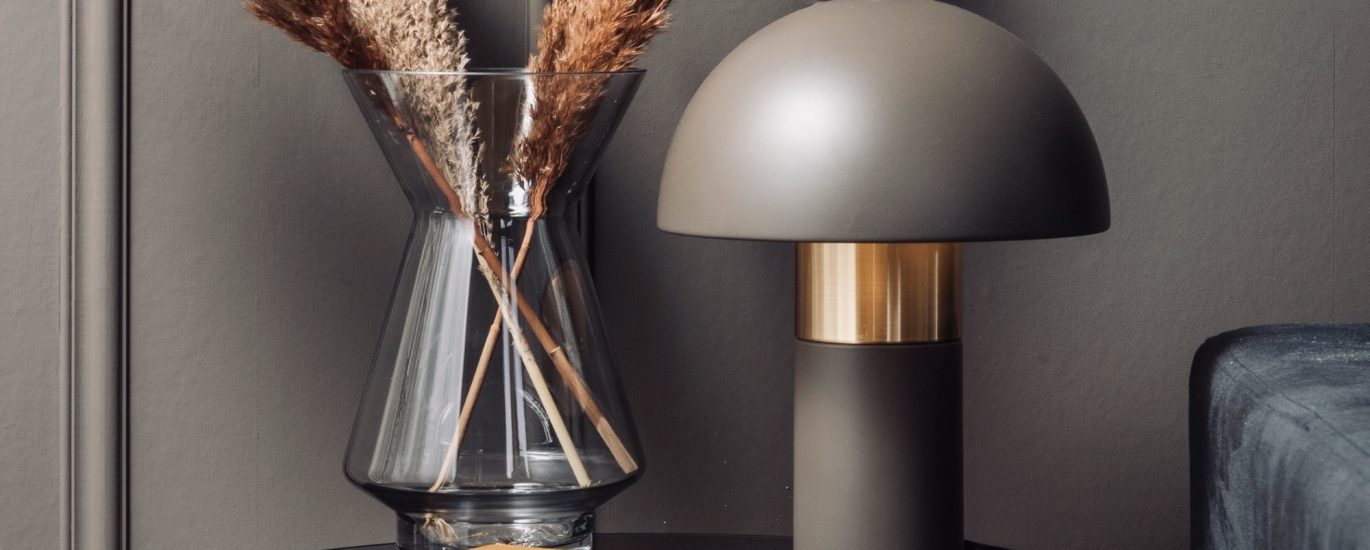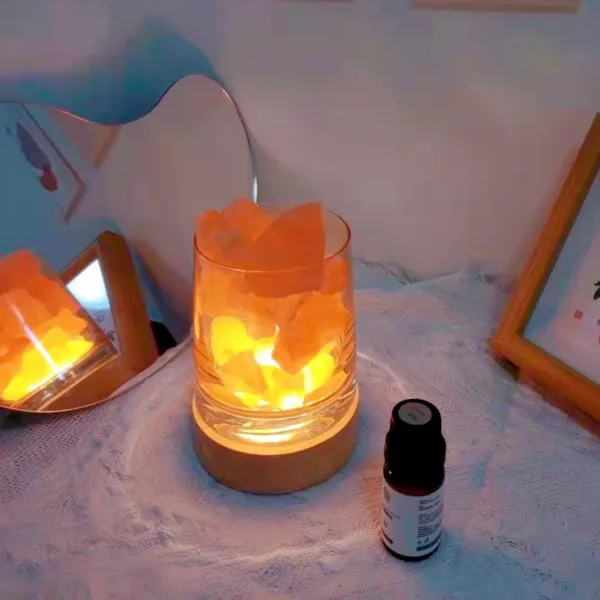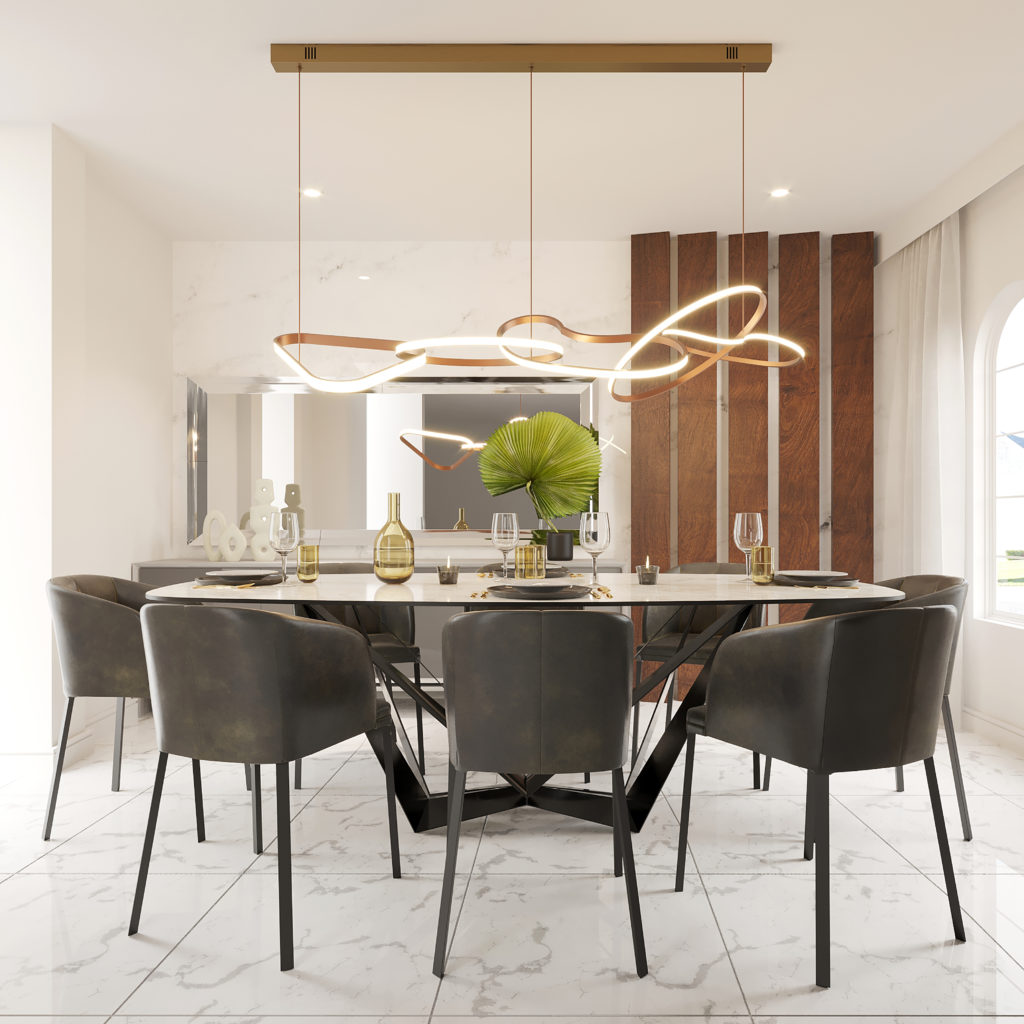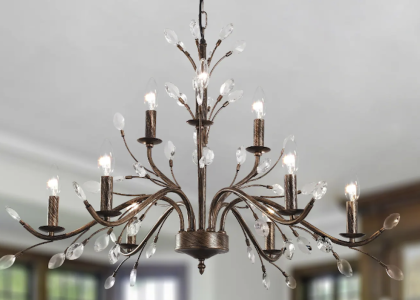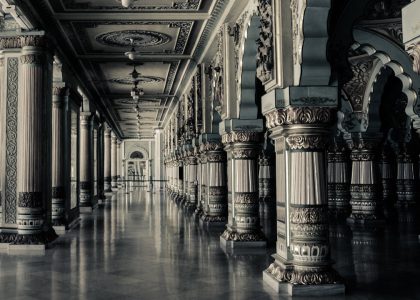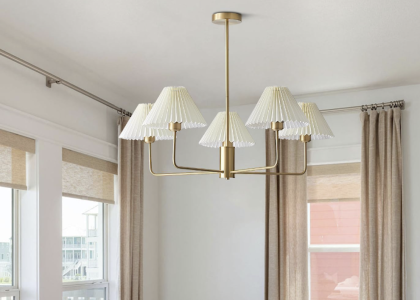Proper lighting in a study room is not merely a matter of aesthetics; it plays a crucial role in enhancing productivity and focus. The right lighting can significantly affect a person’s ability to concentrate, retain information, and even their overall mood. Studies have shown that inadequate lighting can lead to eye strain, headaches, and fatigue, which can hinder the learning process.
A well-lit study environment, on the other hand, promotes alertness and encourages longer periods of study without discomfort. Natural light is often considered the best option, as it mimics daylight and helps regulate circadian rhythms, but when natural light is insufficient, artificial lighting becomes essential. Moreover, the psychological impact of lighting cannot be overlooked.
Bright, well-distributed light can create an inviting atmosphere that fosters creativity and motivation. Conversely, dim or harsh lighting can lead to feelings of lethargy or frustration. The color temperature of the light also plays a significant role; warmer tones can create a cozy environment conducive to relaxation, while cooler tones are often more stimulating and suitable for tasks requiring high concentration.
Therefore, understanding the importance of proper lighting in a study room is fundamental for anyone looking to optimize their study habits and create an environment that supports their academic or professional endeavors.
Choosing the Right Table Lamp for Your Study Room
Choosing the Perfect Table Lamp for Your Study Room
Selecting the right table lamp Woolerlife for a study room involves considering several factors that contribute to both functionality and style. First and foremost, the lamp’s brightness is critical. A lamp that provides adequate illumination without being overly harsh is ideal.
Key Features to Consider
Look for lamps that offer adjustable brightness settings or those that use LED bulbs, which can provide bright light while being energy-efficient. Additionally, consider the color temperature of the bulb; a range between 3000K to 5000K is often recommended for study environments as it provides a balance between warmth and clarity.
Design and Practicality
The lamp should complement the overall decor of the study room while also being practical. For instance, a lamp with an adjustable arm can provide versatility, allowing you to direct light exactly where it is needed most. Furthermore, consider the size of the lamp in relation to your study space; a large lamp may overwhelm a small desk, while a tiny lamp may not provide sufficient light for larger work areas.
Enhancing Your Study Room’s Ambiance
Ultimately, the right table lamp should not only illuminate your workspace effectively but also enhance the aesthetic appeal of your study room.
Positioning and Placement of Table Lamps for Optimal Lighting
The positioning of a table lamp is just as important as its selection. Proper placement can maximize its effectiveness in illuminating your workspace while minimizing shadows and glare. Ideally, a table lamp should be placed on the side opposite your dominant hand to reduce shadows cast by your writing or reading materials.
For right-handed individuals, this means placing the lamp on the left side of the desk and vice versa for left-handed individuals. This simple adjustment can make a significant difference in comfort and visibility during study sessions. Additionally, consider the height of the lamp in relation to your desk and seating arrangement.
A lamp that is too low may not provide adequate light for your work surface, while one that is too high may create an uncomfortable glare. The general rule of thumb is to position the shade of the lamp at eye level when seated. This ensures that light is directed downward onto your workspace without causing discomfort to your eyes.
Furthermore, if your study room has multiple light sources, such as overhead lights or additional lamps, ensure that they work harmoniously together to create an evenly lit environment without harsh contrasts.
Stylish and Functional Table Lamp Designs for Study Rooms
When it comes to table lamps for study rooms, there is an impressive array of designs that combine style with functionality. Modern designs often feature sleek lines and minimalist aesthetics that can seamlessly integrate into contemporary decor. For instance, lamps with geometric shapes or metallic finishes can add a touch of sophistication while providing ample light for studying.
On the other hand, vintage-inspired lamps with ornate bases and fabric shades can evoke a sense of warmth and nostalgia, making them perfect for creating a cozy study atmosphere. In addition to aesthetics, functionality should remain a priority when selecting a table lamp. Some innovative designs incorporate features such as built-in USB ports for charging devices or wireless charging pads integrated into the base.
These modern conveniences can help keep your study area organized and free from clutter caused by tangled cords. Furthermore, lamps with adjustable brightness settings or color-changing capabilities allow users to customize their lighting according to their specific needs at different times of day or during various tasks. By choosing stylish yet functional table lamps, you can enhance both the visual appeal and practicality of your study room.
How to Create a Cozy and Productive Study Environment with Table Lamps
Creating a cozy and productive study environment involves more than just selecting the right table lamp; it requires thoughtful consideration of how all elements within the space work together. Start by establishing a warm color palette that promotes relaxation while still being conducive to focus. Soft hues on walls combined with warm-toned lighting from table lamps can create an inviting atmosphere that encourages prolonged study sessions without causing fatigue.
Incorporating additional elements such as comfortable seating, personal touches like artwork or plants, and organized storage solutions can further enhance the study environment. A well-placed table lamp can serve as a focal point in this setup, drawing attention to your workspace while providing essential illumination. Consider layering your lighting by combining table lamps with ambient lighting from overhead fixtures or wall sconces to create depth and warmth in the room.
This layered approach not only enhances visibility but also contributes to an overall sense of comfort and productivity.
Tips for Maintaining and Caring for Your Table Lamp in the Study Room
Cleaning Your Table Lamp
Dust accumulation can not only detract from the lamp’s appearance but also affect its functionality by blocking light output. Use a soft cloth or microfiber duster to gently wipe down the lampshade and base regularly. For fabric shades, consider using a lint roller or vacuum attachment designed for delicate surfaces to remove dust without damaging the material.
Maintaining Optimal Lighting
Pay attention to the bulbs used in your table lamp. Over time, bulbs can dim or burn out, affecting the quality of light in your study area. Regularly check your bulbs and replace them as needed with high-quality options that match your desired brightness and color temperature.
Checking and Maintaining Moving Parts
If your lamp has adjustable features or moving parts, ensure these are functioning correctly by periodically checking for any signs of wear or damage. By taking these simple maintenance steps, you can keep your table lamp in excellent condition, ensuring it continues to provide effective lighting for your study sessions for years to come.


